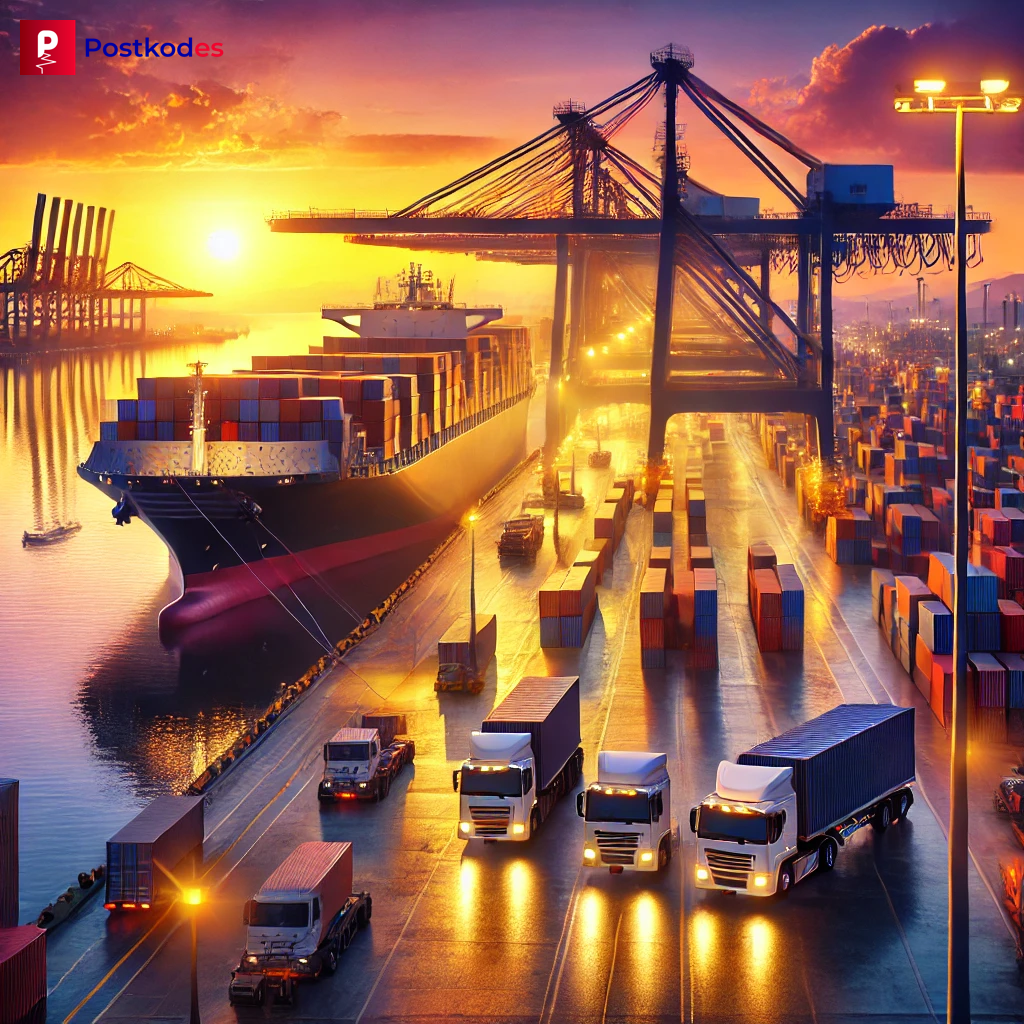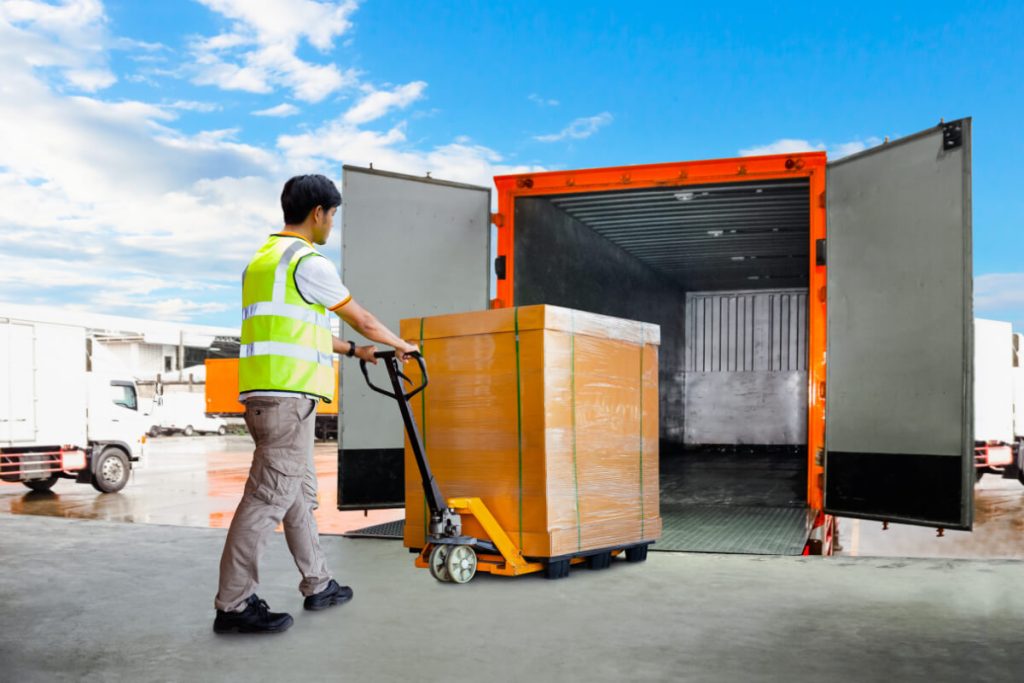Sea freight plays a crucial role in Australia’s international trade, offering a cost-effective and efficient way to transport large volumes of goods globally. As an island nation, Australia heavily relies on sea freight for imports and exports, making it an essential component of the logistics industry. In this guide, we will explore sea freight services in Australia, the different types of services available, and why it remains a preferred choice for businesses.
Benefits of Sea Freight Services in Australia
Sea freight provides numerous advantages, making it one of the most popular shipping options. Some of the key benefits include:
- Cost-Effectiveness – Shipping large quantities via sea freight is significantly cheaper compared to air freight.
- Eco-Friendly Option – Ships produce fewer emissions per ton of cargo transported than airplanes or trucks.
- High Capacity – Large containers allow businesses to transport bulk goods efficiently.
- Safe and Secure – Cargo ships are designed to handle diverse types of goods securely.
- Global Reach – Sea freight enables seamless international trade across continents.
- Versatility – Suitable for a wide range of goods, including perishables, machinery, and hazardous materials.
- Integration with Other Transport Modes – Seamless transition between sea freight logistics and rail freight.
- Reliable Scheduling – With regular shipping schedules, businesses can plan their logistics more efficiently.
- Lower Risk of Damage – Unlike air freight, which involves high-altitude pressure changes, sea freight ensures safe handling of fragile goods.

Our Sea Freight Process
Understanding the shipping process is crucial for businesses relying on sea freight services in Australia. Below is a step-by-step guide:
1. Booking & Documentation
The shipment is scheduled, and necessary documents like the Bill of Lading, commercial invoice, and packing list are prepared.
2. Cargo Collection & Packaging
The cargo is collected from the supplier and packaged to ensure safety during transit.
3. Customs Clearance
Goods undergo customs clearance at the port of origin, ensuring compliance with Australian and international regulations.
4. Loading & Shipping
The cargo is loaded into containers and placed onto the ship for transportation.
5. Transit & Tracking
The shipment is monitored throughout its journey, offering sea freight container tracking updates.
6. Destination Port Clearance
Upon arrival, the goods go through customs clearance at the Australian port.
7. Delivery to Final Destination
The cargo is transported to its final destination via sea freight transport or rail networks.
Read more: Sea Freight Services: A Complete Guide to Cost, Tracking, and Logistics
Sea Freight Services in Australia: We Offer
1. Full Container Load (FCL)
- Best suited for businesses shipping large volumes of goods.
- Ensures dedicated container space for a single shipment.
2. Less than Container Load (LCL)
- Ideal for smaller shipments that don’t require a full container.
- Cost-effective as multiple shippers share container space.
3. Break Bulk Shipping
- Used for oversized or irregularly shaped cargo.
- Perfect for machinery, heavy equipment, and large construction materials.
4. Roll-On/Roll-Off (RoRo)
- Used for shipping vehicles, heavy machinery, and rolling stock.
- Vehicles are driven directly onto the vessel, reducing handling costs.
5. Project Cargo & Oversized Freight
- Customized solutions for complex cargo requiring special handling.
- Ideal for large-scale industrial projects and energy sector shipments.
6. Hazardous Goods Shipping
- Compliance with international regulations for dangerous goods transport.
- Proper labeling and packaging to ensure safety during transit.
7. Temperature-Controlled Shipping
- Refrigerated containers (reefers) available for perishable goods.
- Ensures food, pharmaceuticals, and chemicals remain in optimal condition.
8. Port-to-Port & Door-to-Door Services
- End-to-end shipping solutions integrating sea freight logistics for last-mile delivery.
9. Consolidation Services
- Allows small businesses to share container space, reducing costs.
- Suitable for e-commerce and retailers importing smaller quantities.
10. Coastal Shipping
- Domestic sea freight option for transporting goods between Australian ports.
- An alternative to long-haul sea freight transport for bulk shipments.

Why Choose Postkodes as a Sea Freight Company in Australia?
With numerous logistics providers available, selecting the right partner is essential. Here’s why Postkodes is the preferred choice for sea freight services in Australia:
With numerous logistics providers available, selecting the right partner is essential. Here’s why Postkodes is the preferred choice for sea freight services in Australia:
- Extensive Industry Experience – Years of experience handling complex shipping requirements.
- Competitive Pricing – Cost-effective solutions tailored to meet your business needs.
- Reliable Sea Freight Logistics Support – Seamless integration between sea freight services for last-mile delivery.
- Advanced Tracking & Transparency – Real-time shipment tracking with sea freight tracking options.
- Compliance & Security – Adherence to Australian and international maritime regulations for secure transport.
- Customer Support & Consultation – Dedicated team assisting with customs clearance, documentation, and logistics planning.
- Sustainable Shipping Solutions – Eco-friendly initiatives, including carbon offset programs and fuel-efficient shipping routes.
- Custom Freight Solutions – Tailored services to meet industry-specific requirements.
- Warehousing & Distribution – Secure storage solutions with integrated distribution networks.
- Fast & Reliable Delivery – Strong partnerships with sea freight services for smooth inland transport.
Comparing Sea Freight with Other Shipping Methods
| Feature | Sea Freight | Air Freight | Road Freight |
|---|---|---|---|
| Cost | Low | High | Moderate |
| Transit Time | Longer | Shortest | Moderate |
| Capacity | High | Low | Medium |
| Eco-Friendliness | High | Low | Moderate |
| Suitable For | Bulk Goods | Urgent Shipments | Domestic and Cross-Border Transport |
| Ideal For | Large Shipments | Perishable & Urgent Goods | Regional Distribution |
Conclusion
Sea freight services in Australia continue to be the backbone of international trade, offering cost-effective and reliable shipping solutions. With the ability to transport large volumes efficiently and sustainably, it remains an essential mode of logistics. Whether you need FCL, LCL, or specialized shipping solutions, choosing a trusted provider ensures smooth operations. Postkodes is your reliable partner in global logistics, offering seamless services tailored to your business needs.
Frequently Asked Questions (FAQs)
1. How long does sea freight take to reach Australia?
The transit time varies depending on the origin. On average:
- Asia to Australia: 2-4 weeks
- Europe to Australia: 6-8 weeks
- USA to Australia: 4-6 weeks
2. Is sea freight cheaper than air freight?
Yes, sea freight is significantly more cost-effective than air freight, especially for large shipments.
3. Can I track my sea freight shipment?
Yes, most logistics providers offer tracking solutions, including sea freight tracking for inland delivery.
4. What are the major sea freight ports in Australia?
- Port of Sydney (Port Botany)
- Port of Melbourne
- Port of Brisbane
- Port of Fremantle
- Port of Adelaide
5. What factors affect sea freight costs?
- Fuel prices
- Seasonal demand
- Container availability
- Port fees and customs duties



